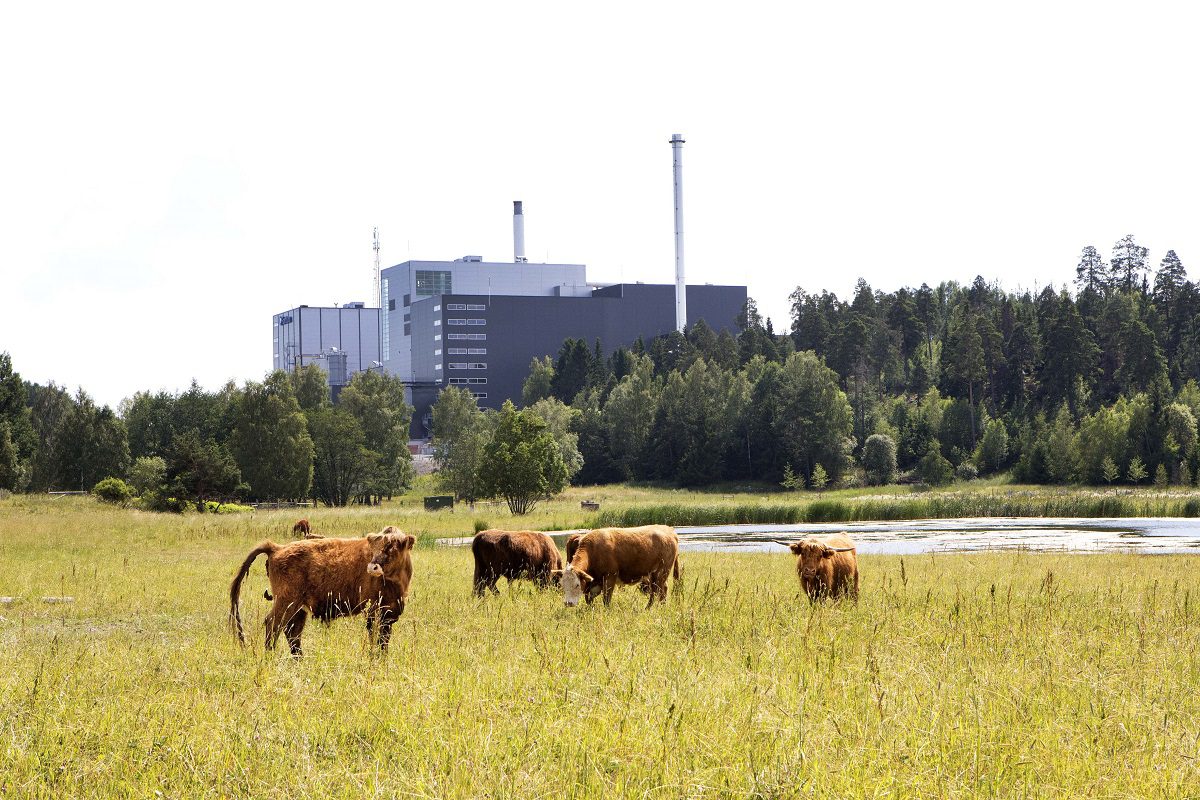
A trade group comprising European suppliers of waste-to-energy technology, ESWET welcomed a recent opportunity to contribute to the EU Emissions Trading System’s revision (EU ETS). The waste management sector bears an essential role in the EU’s ambition to achieve carbon neutrality by 2050, the group explained in a statement in early February. Waste-to-Energy contributes by treating the fraction of municipal waste unfit for recycling, as a part of the Effort Sharing Regulation.
The inclusion of waste incineration in the EU ETS would run against its overarching objective of reducing emissions. It is likely to trigger more landfilling of non-recyclable waste and more use of fossil fuels.
Indeed, reducing Waste-to-Energy plants’ capacity would increase the amount of non-recyclable waste sent to landfills, negatively impacting the Members States’ objectives of 65% recycling and 10% landfilling rates by 2035. Alternatively, the waste would be transported outside the EU ETS zone, potentially shipped to countries with less stringent environmental standards. In this context, it could be appropriate to consider taxing waste exports based on their environmental harm potential.
In 2018, Waste-to-Energy plants supplied electricity to 18 million EU citizens and heat to 15 million EU citizens. At least half of the energy output from Waste-to-Energy plants is considered renewable. With a reduced amount of the energy recovered by these plants, there would be an increased need for other constant energy sources, resulting in a possible increase in fossil fuels demand.
“We believe that including Waste-to-Energy into the EU ETS would miss the target as it would not reduce greenhouse gas (GHG) emissions from the waste management sector,” said Anabelle Schatten, ESWET Policy Officer. “Indeed, the sector’s GHG impact is not limited to direct CO2 emissions: it includes other factors, such as methane emissions from landfills, energy savings through recycling, and GHG offset by energy recovery”.
Waste-to-Energy remains the best technology when it comes to dealing with waste unsuitable for recycling. Applying the obligations of the EU ETS on energy recovery from waste would not only hurt climate mitigation but would also affect the circular economy objectives.
The full response by ESWET to the public consultation on the revision of the EU ETS is available here.






